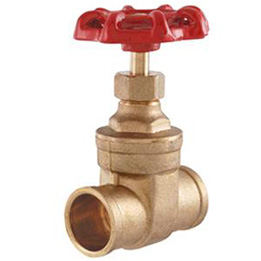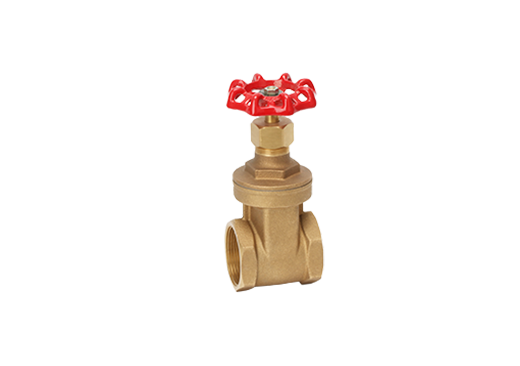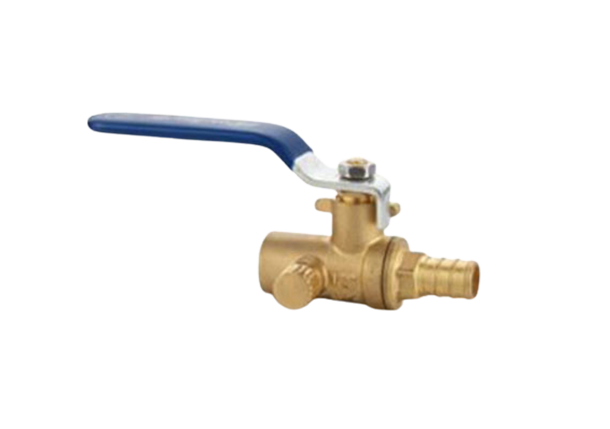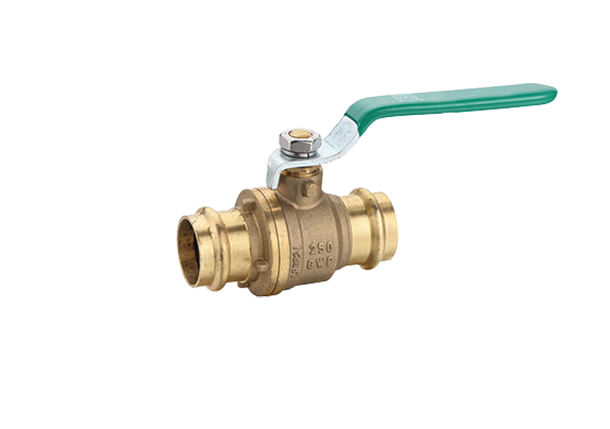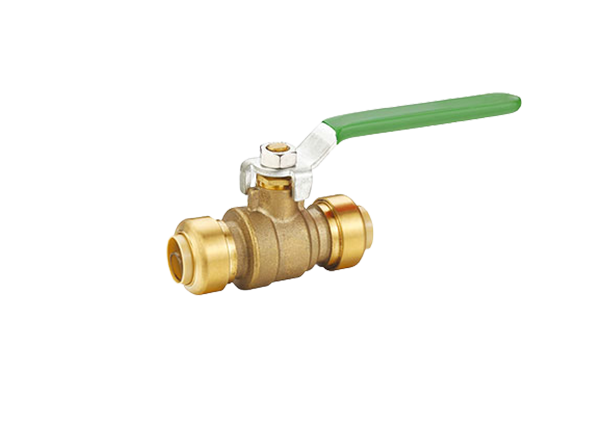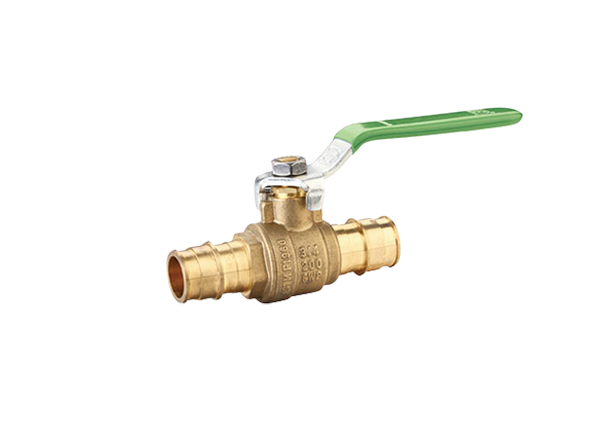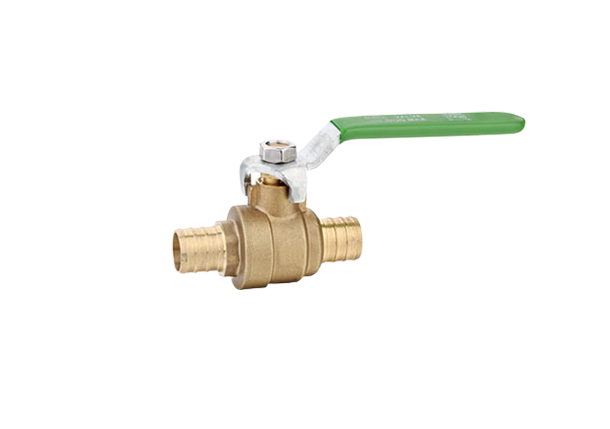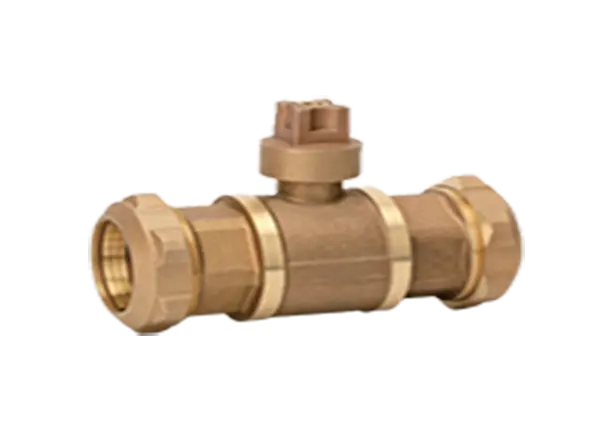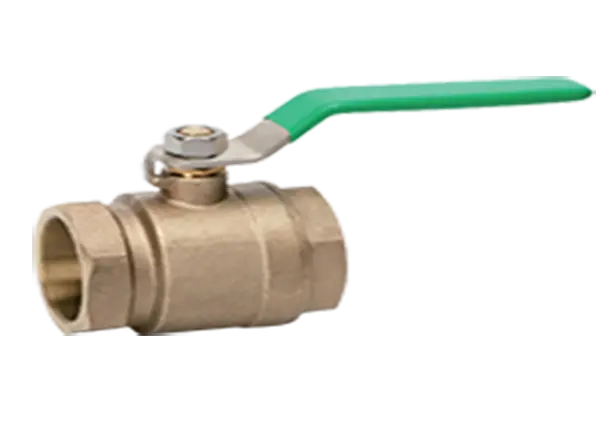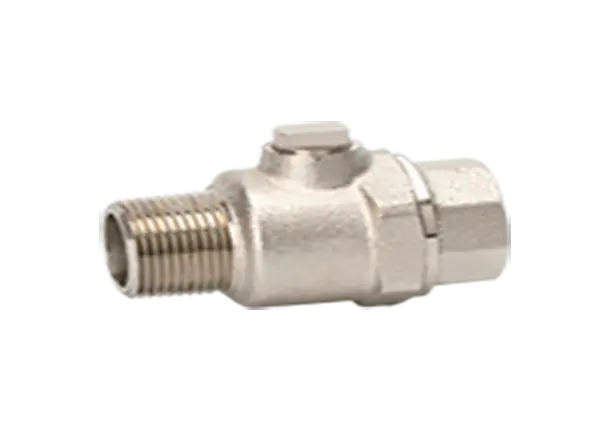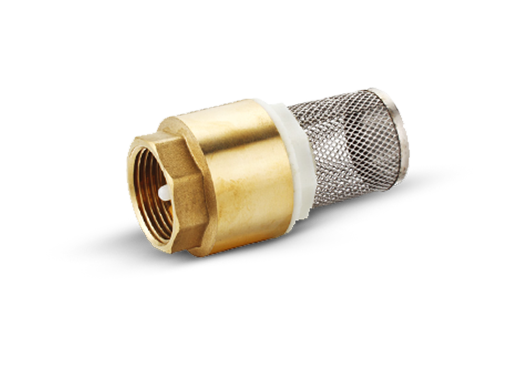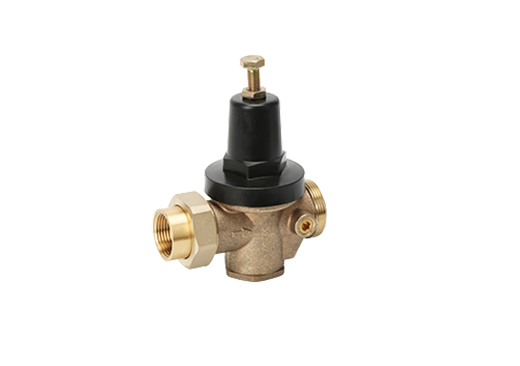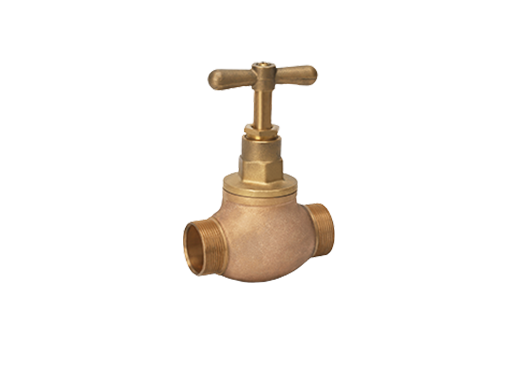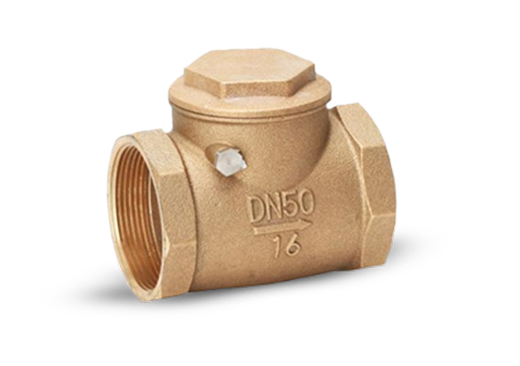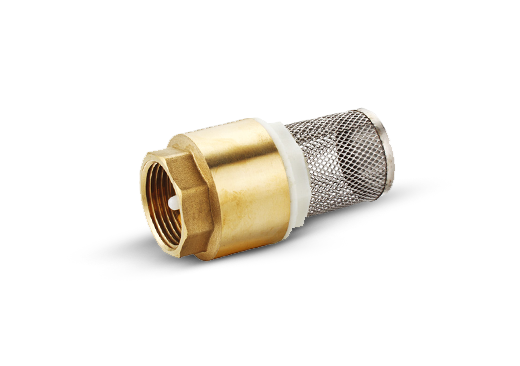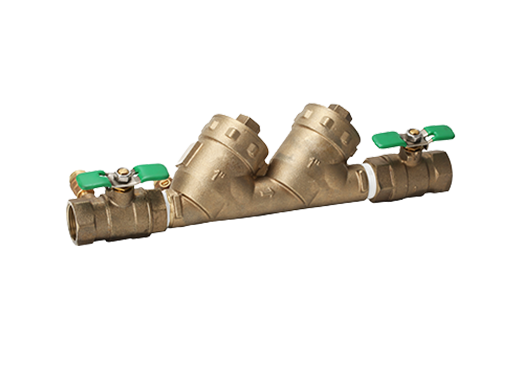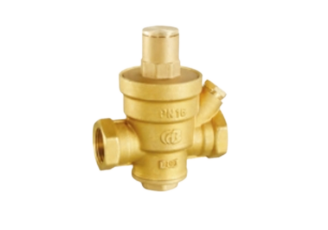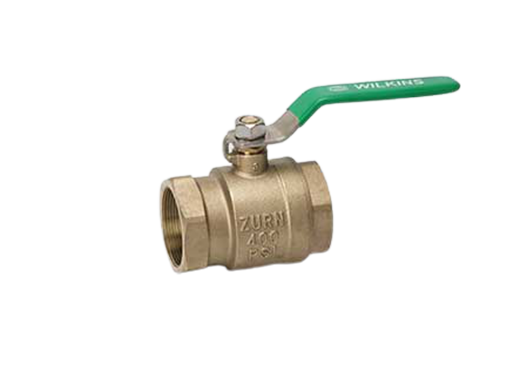What is bronze ball valve and how does bronze ball valve work
Bronze ball valves are versatile and widely used components in fluid control systems. They offer reliable shut-off and flow control capabilities, making them essential in various industries. In this comprehensive article, we will explore the intricacies of bronze ball valves, including their definition, working principles, types, key features for selection, and the importance of certifications and standards. Additionally, we will highlight Carbo China, a trusted supplier of high-quality bronze ball valves, known for their commitment to excellence.
What is a Bronze Ball Valve?
A bronze ball valve is a type of quarter-turn valve that utilizes a hollow, perforated ball to control the flow of fluids. It is constructed using an alloy composed primarily of copper and tin, known as bronze. This material provides the valve with exceptional strength, durability, and corrosion resistance, making it suitable for a wide range of applications.
How Does a Bronze Ball Valve Work?
The working principle of a bronze ball valve is relatively straightforward. Inside the valve body, a round ball with a hole (bore) through its center is positioned. When the handle or actuator is in the open position, the ball aligns with the flow path, allowing the fluid to pass through the valve. Conversely, when the handle or actuator is turned to the closed position, the ball rotates 90 degrees, blocking the flow path and preventing fluid from passing.
The position of the ball determines the valve's ability to control the flow. In a full port bronze ball valve, the bore size of the ball matches the pipe size, providing unrestricted flow. In a standard port valve, the bore size is smaller than the pipe size, resulting in reduced flow capacity.
Types of Bronze Ball Valves
Bronze ball valves are available in three primary types, each designed to cater to specific applications:
a. Two-Piece Bronze Ball Valve: This type of valve consists of two separate parts—the body and the end connectors. It offers ease of maintenance, as the valve can be disassembled for repair or replacement of components.
b. Three-Piece Bronze Ball Valve: In a three-piece bronze ball valve, the body is assembled using three separate parts—the body and two end caps. This design facilitates easy installation, maintenance, and cleaning.
c. One-Piece Bronze Ball Valve: A one-piece bronze ball valve is constructed as a single, integral unit. It offers compactness, enhanced structural integrity, and minimal potential for leaks due to its reduced number of joints.
Key Features to Consider when Selecting a Bronze Ball Valve
When choosing a bronze ball valve for your specific application, several key features should be taken into consideration:
a. Pressure and Temperature Ratings: Determine the maximum pressure and temperature the valve will be exposed to and ensure that the selected valve can handle these conditions.
b. End Connections: Consider the type of end connections required for your system, such as threaded, soldered, or flanged ends, and ensure compatibility with existing piping.
c. Port Size: Evaluate the required flow capacity and select a full port or standard port bronze ball valve accordingly.
d. Handle or Actuator Type: Choose the appropriate handle or actuator option based on the intended use and control requirements of the valve.
e. Stem Seal Design: The stem seal is crucial for preventing leakage. Look for features like PTFE (polytetrafluoroethylene) seals or stem packing materials suitable for your application.
f. Corrosion Resistance: Bronze ball valves already offer good corrosion resistance, but consider additional coatings or materials for more aggressive environments.
Certifications and Standards for Bronze Ball Valves
To ensure the quality and reliability of bronze ball valves, adherence to specific certifications and standards is vital. The most common standards for bronze ball valves include:
a. ANSI/ASME Standards: Bronze ball valves should meet the standards set by the American National Standards Institute (ANSI) and the American Society of Mechanical Engineers (ASME).
b. API Standards: The American Petroleum Institute (API) provides standards for valves used in the oil and gas industry. Bronze ball valves used in these applications should adhere to API standards.
c. ISO Certification: The International Organization for Standardization (ISO) certification ensures that the valve manufacturer follows internationally recognized quality management practices.
d. Compliance with Environmental Regulations: Depending on the region or industry, bronze ball valves may need to comply with specific environmental regulations, such as RoHS (Restriction of Hazardous Substances) or REACH (Registration, Evaluation, Authorization, and Restriction of Chemicals).
Carbo China: A Trusted Bronze Ball Valve Supplier
Carbo China is a renowned supplier of high-quality bronze ball valves, catering to diverse industries and applications. With a strong commitment to excellence, Carbo China ensures that their valves meet international standards, providing customers with reliable and efficient solutions. Carbo bronze valve factory China's extensive product range, technical expertise, and dedication to customer satisfaction make them a trusted partner in the field of bronze ball valve supply.
Bronze ball valves are indispensable components in fluid control systems, offering durability, corrosion resistance, and reliable performance. Understanding the working principles, types, key selection criteria, and adherence to certifications and standards is crucial for choosing the right bronze ball valve for your application. Carbo China, as a reputable supplier, exemplifies the commitment to quality and customer satisfaction expected from a bronze ball valve supplier. By considering these factors, you can make an informed decision and ensure optimal performance and longevity in your fluid control system.
Different Carbo Valves For Sale

